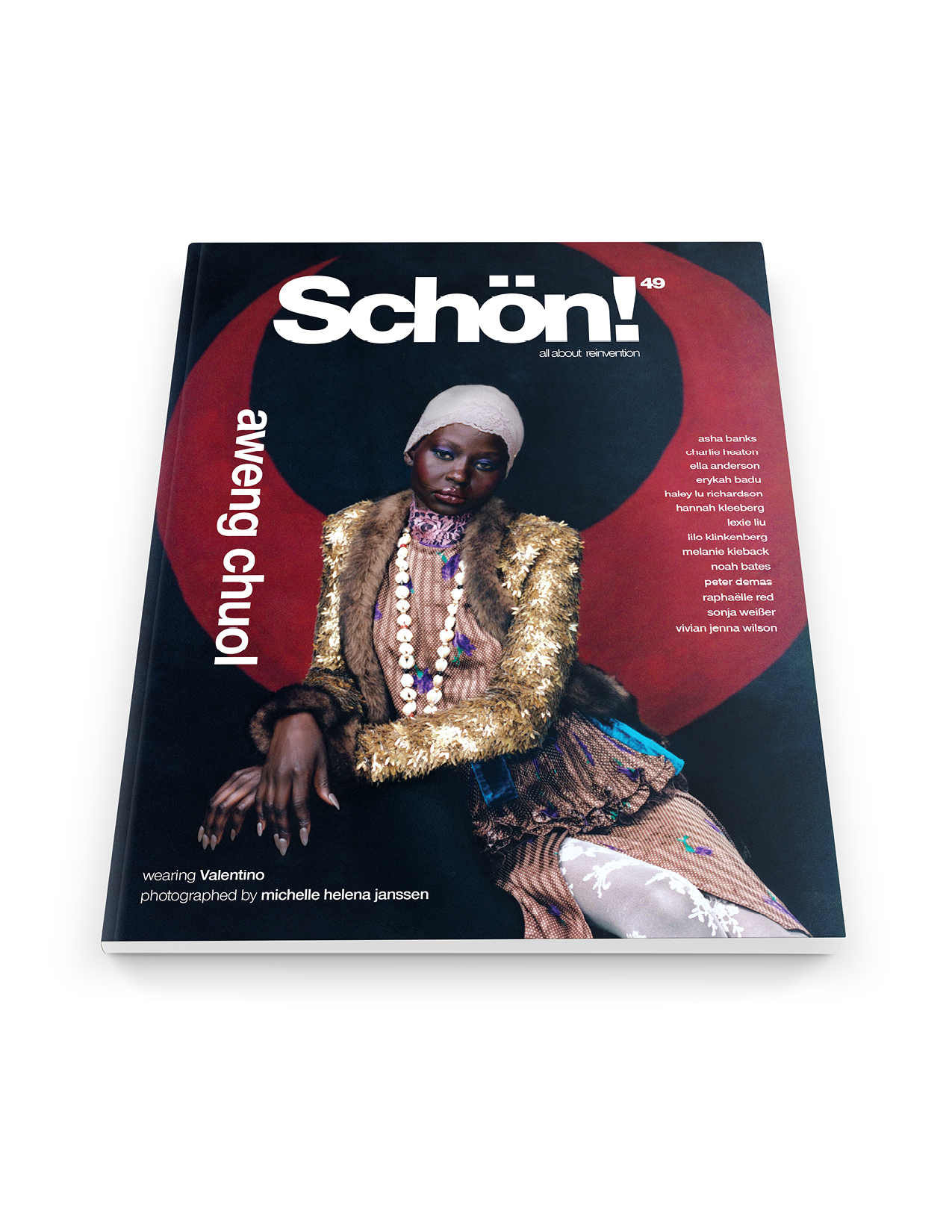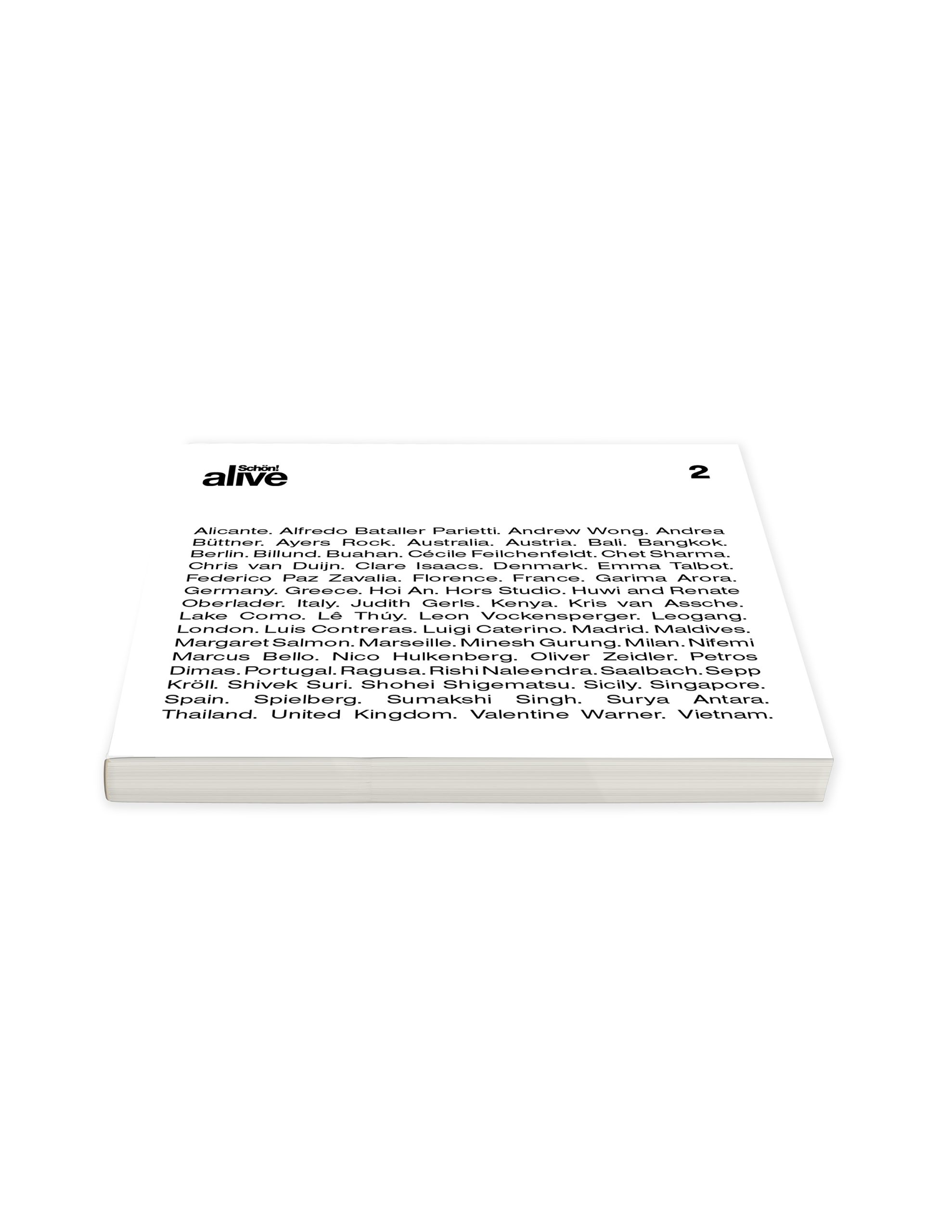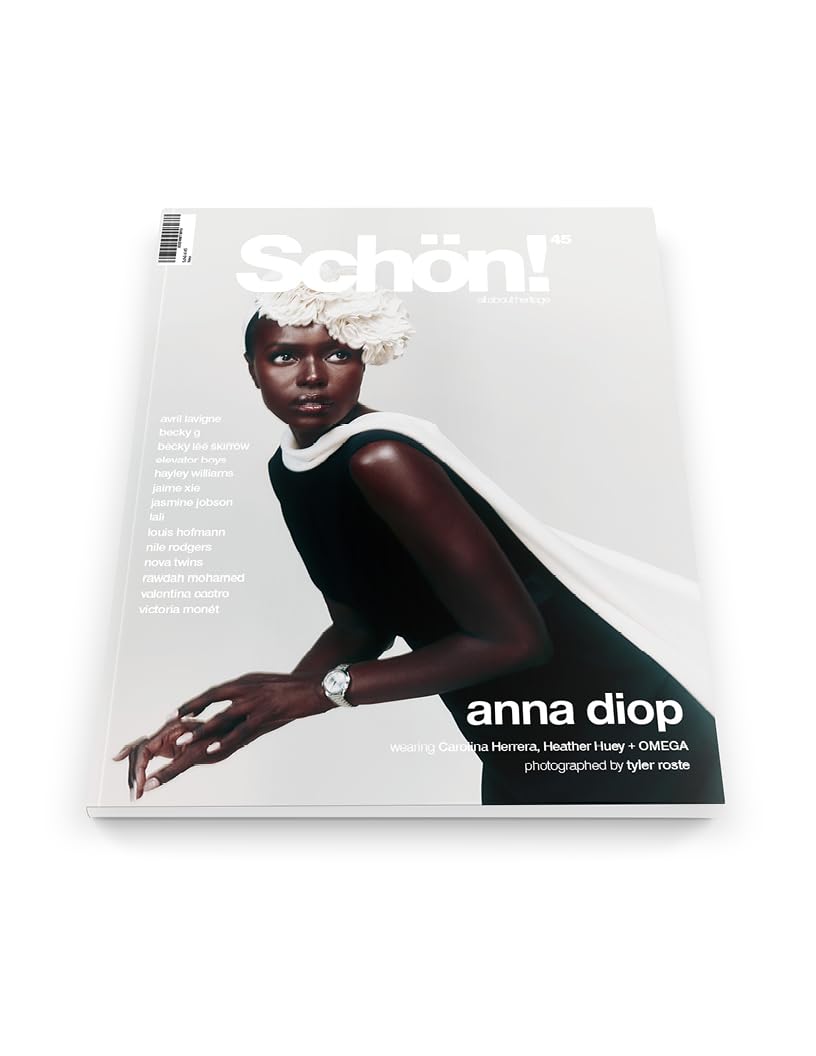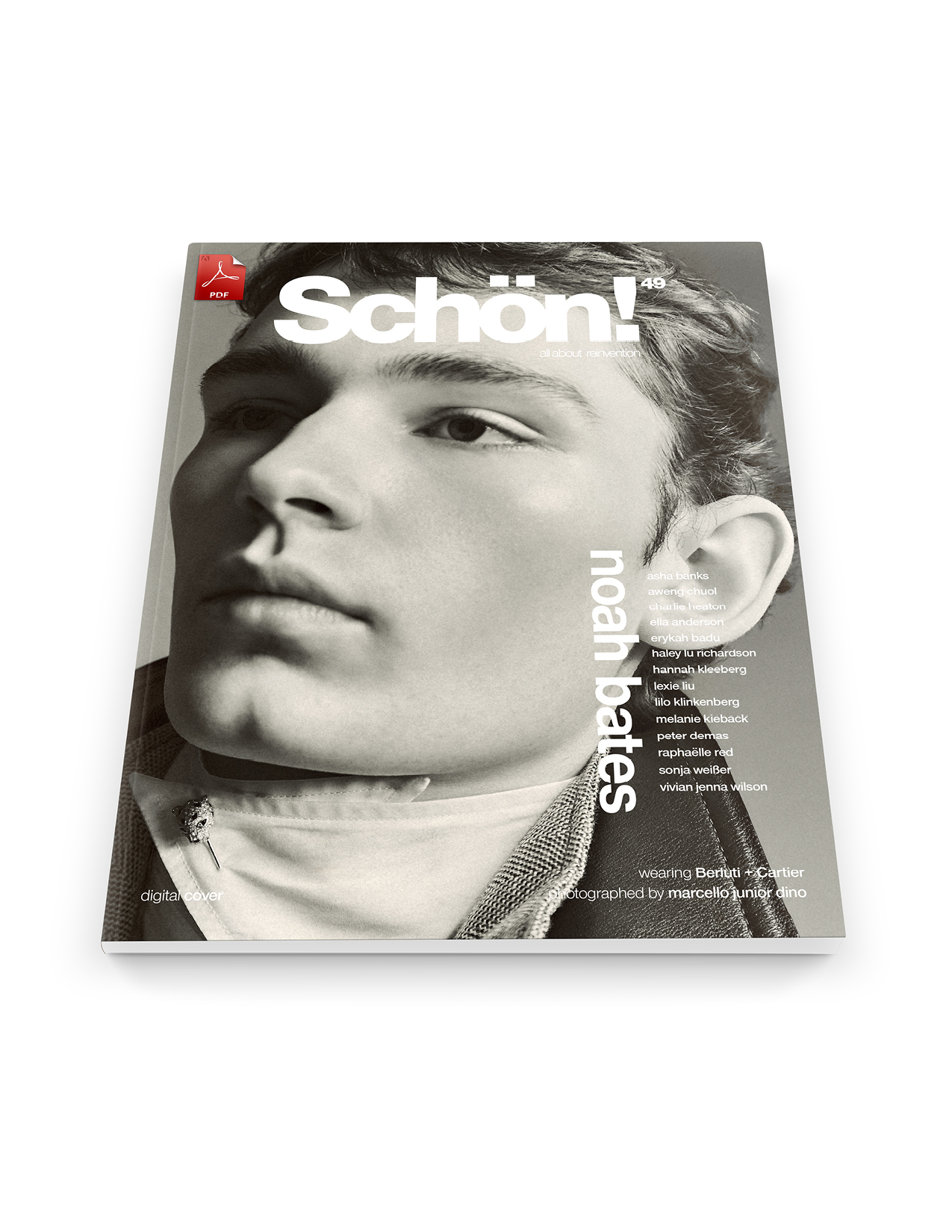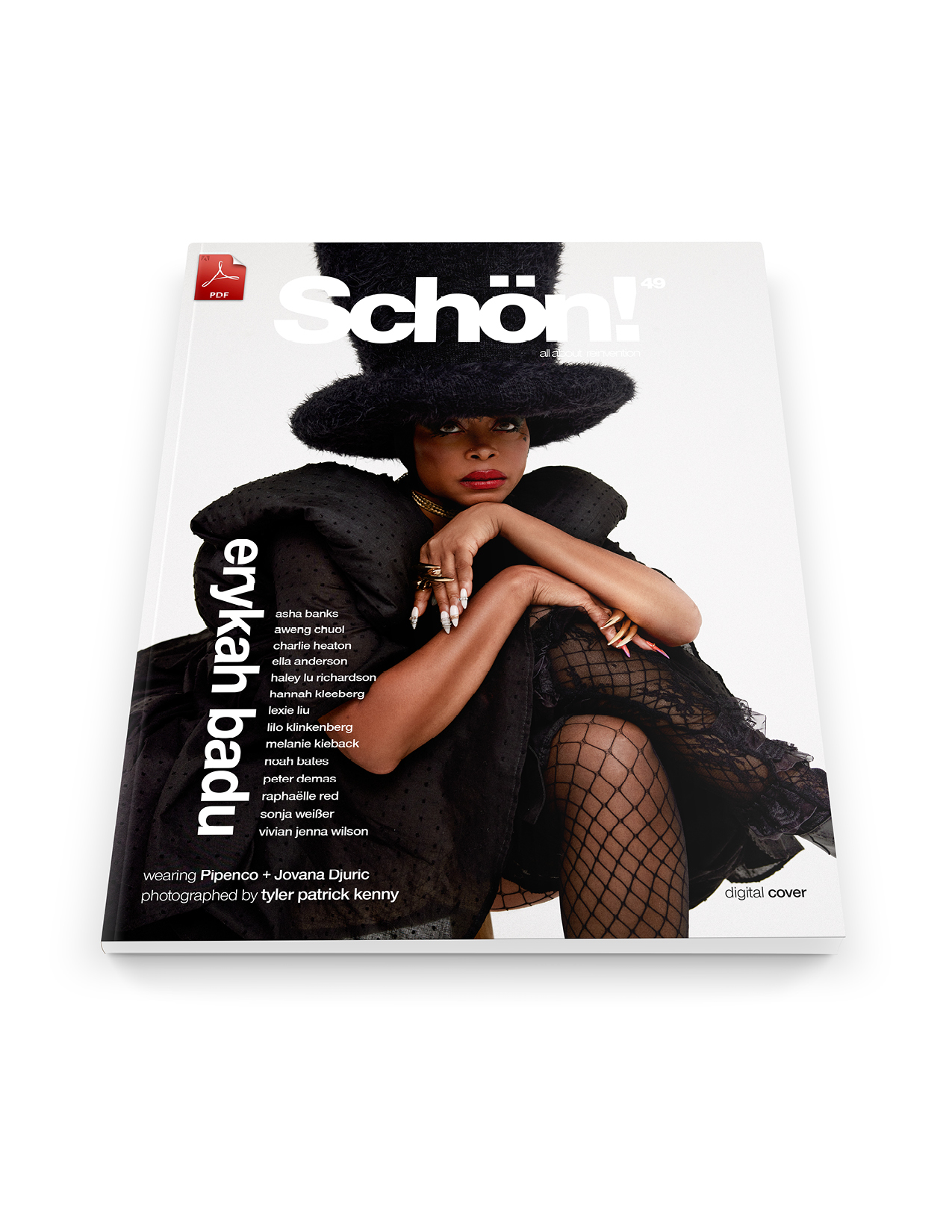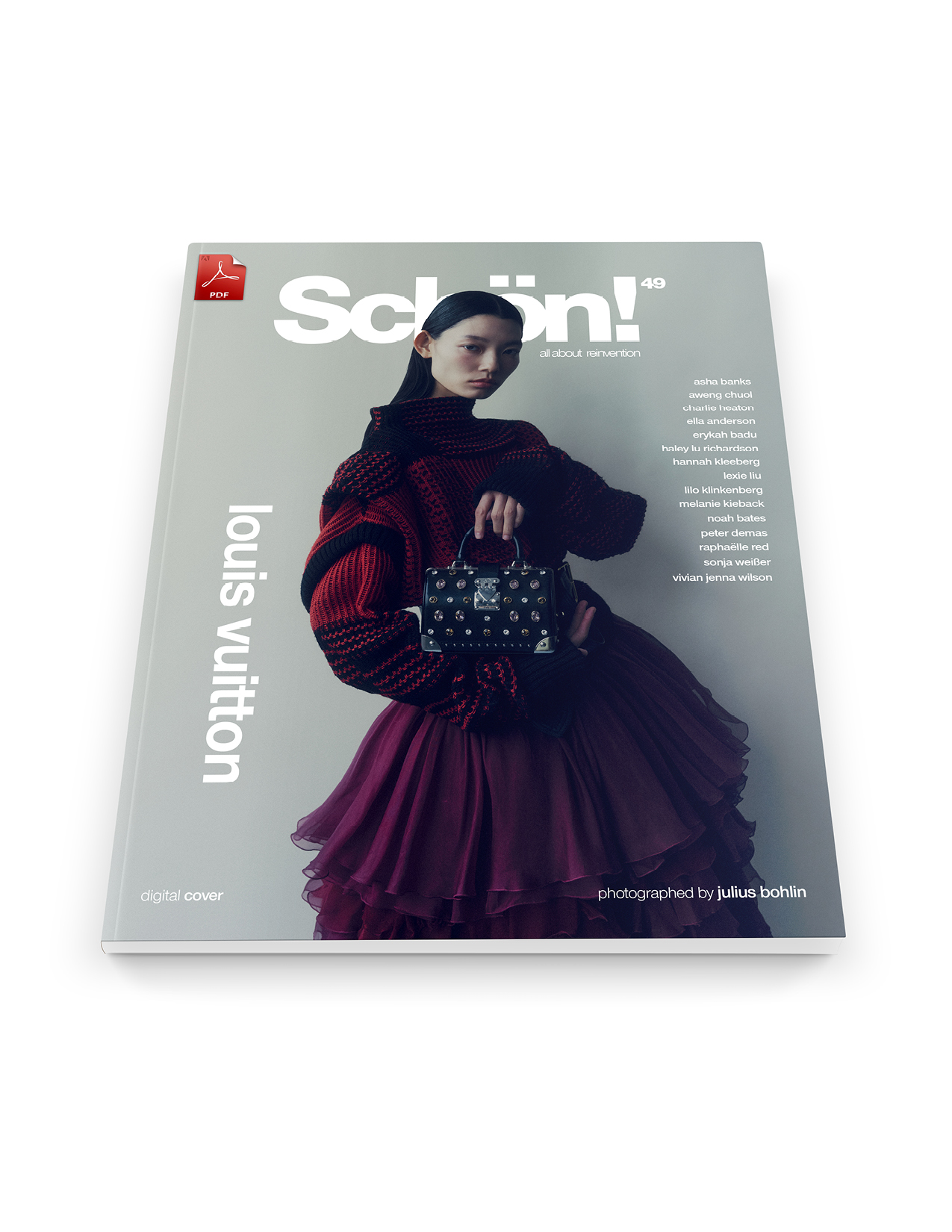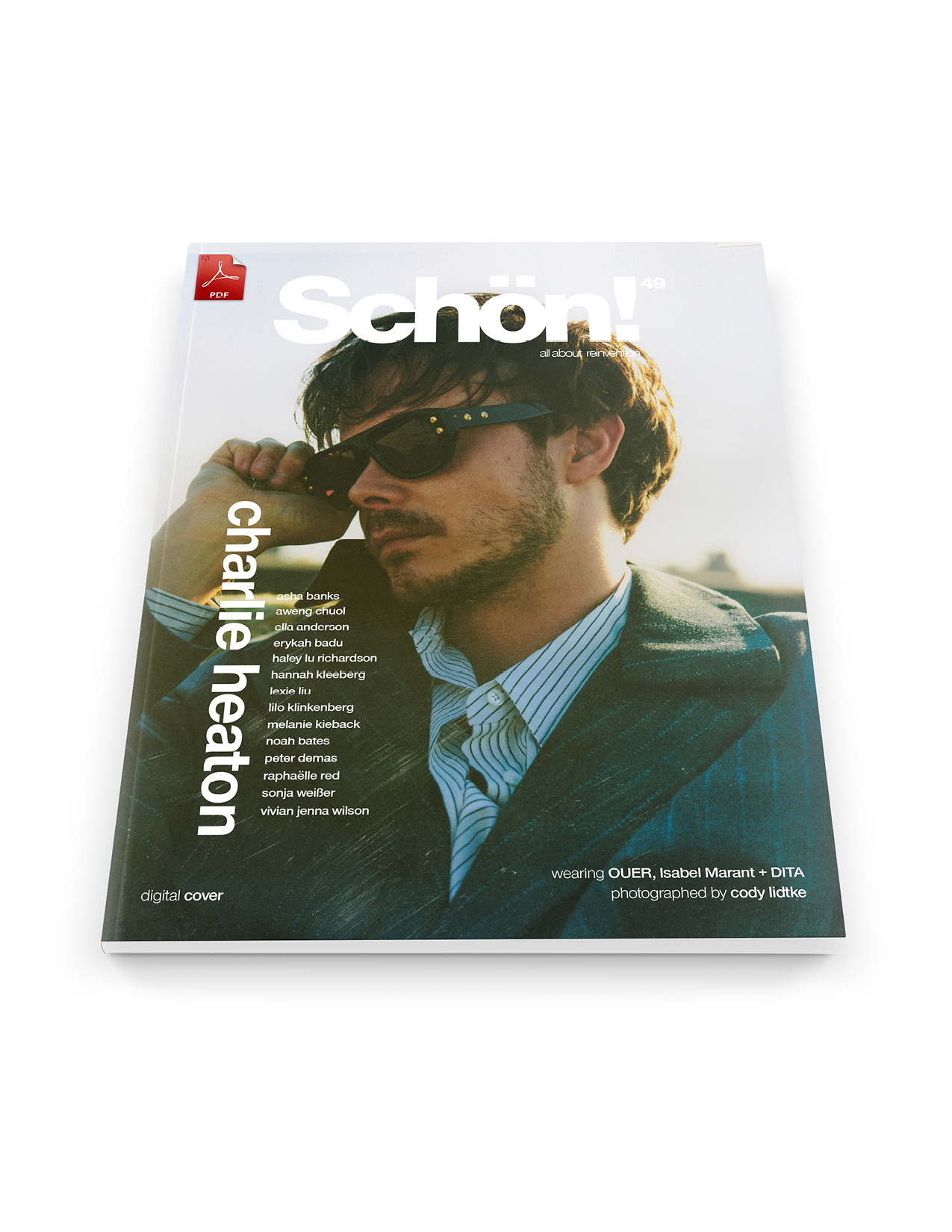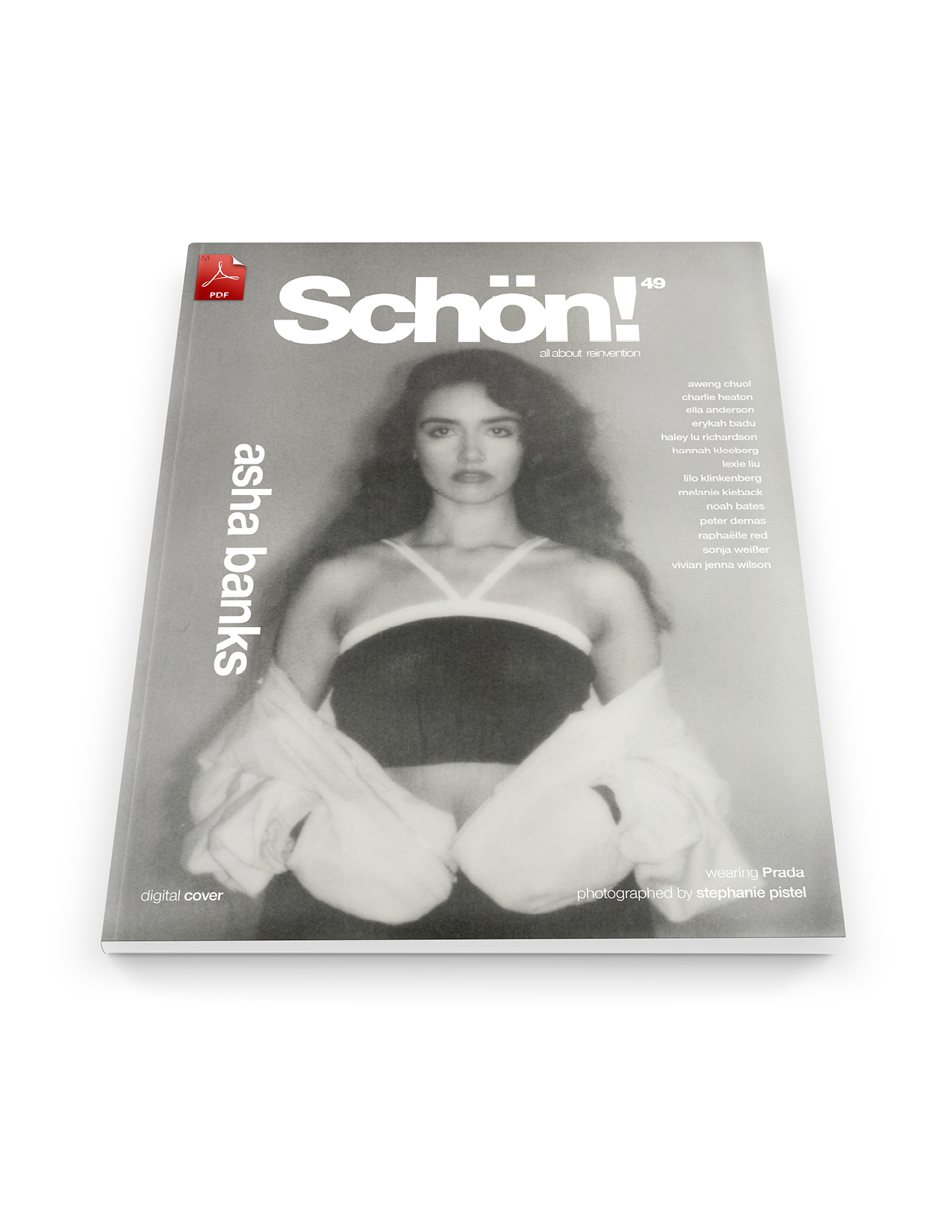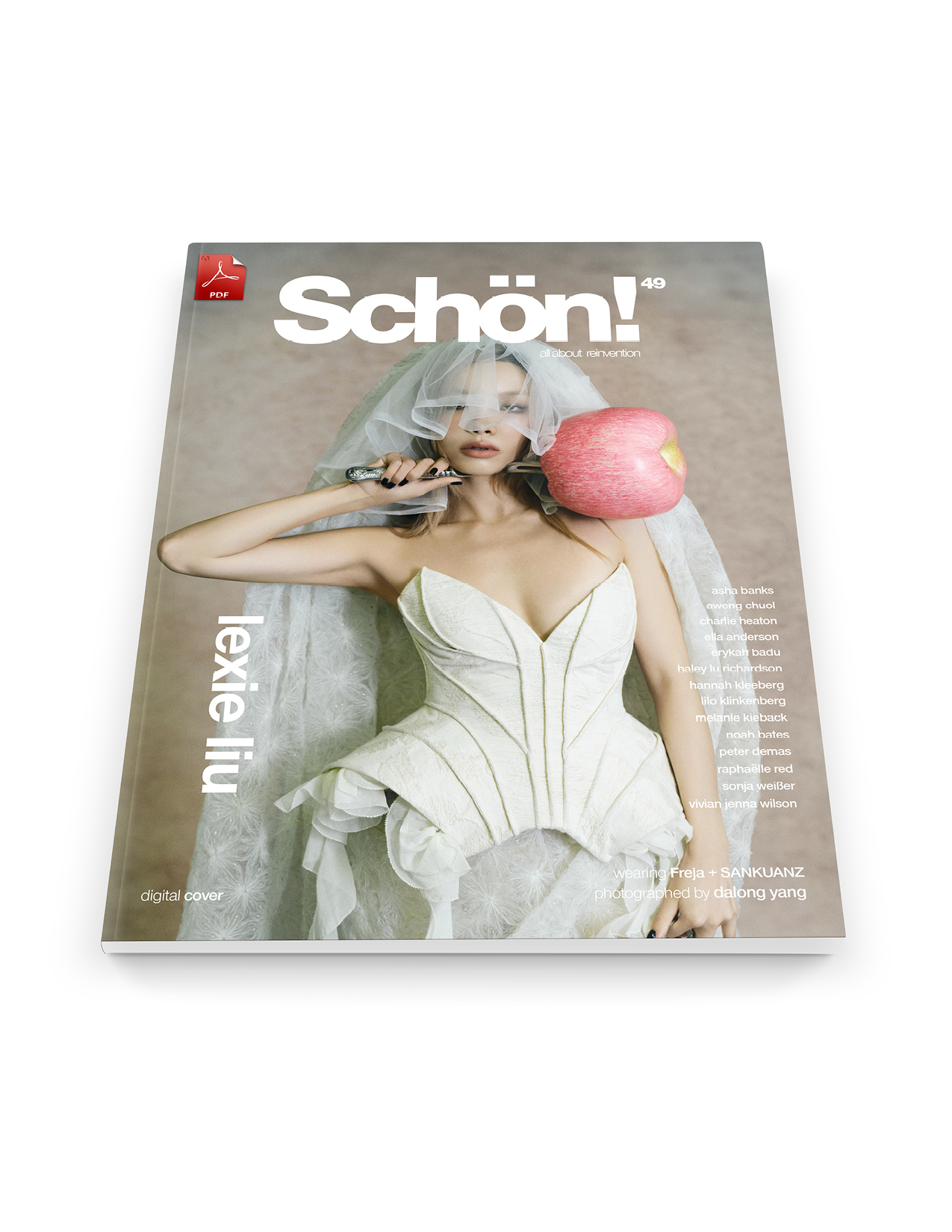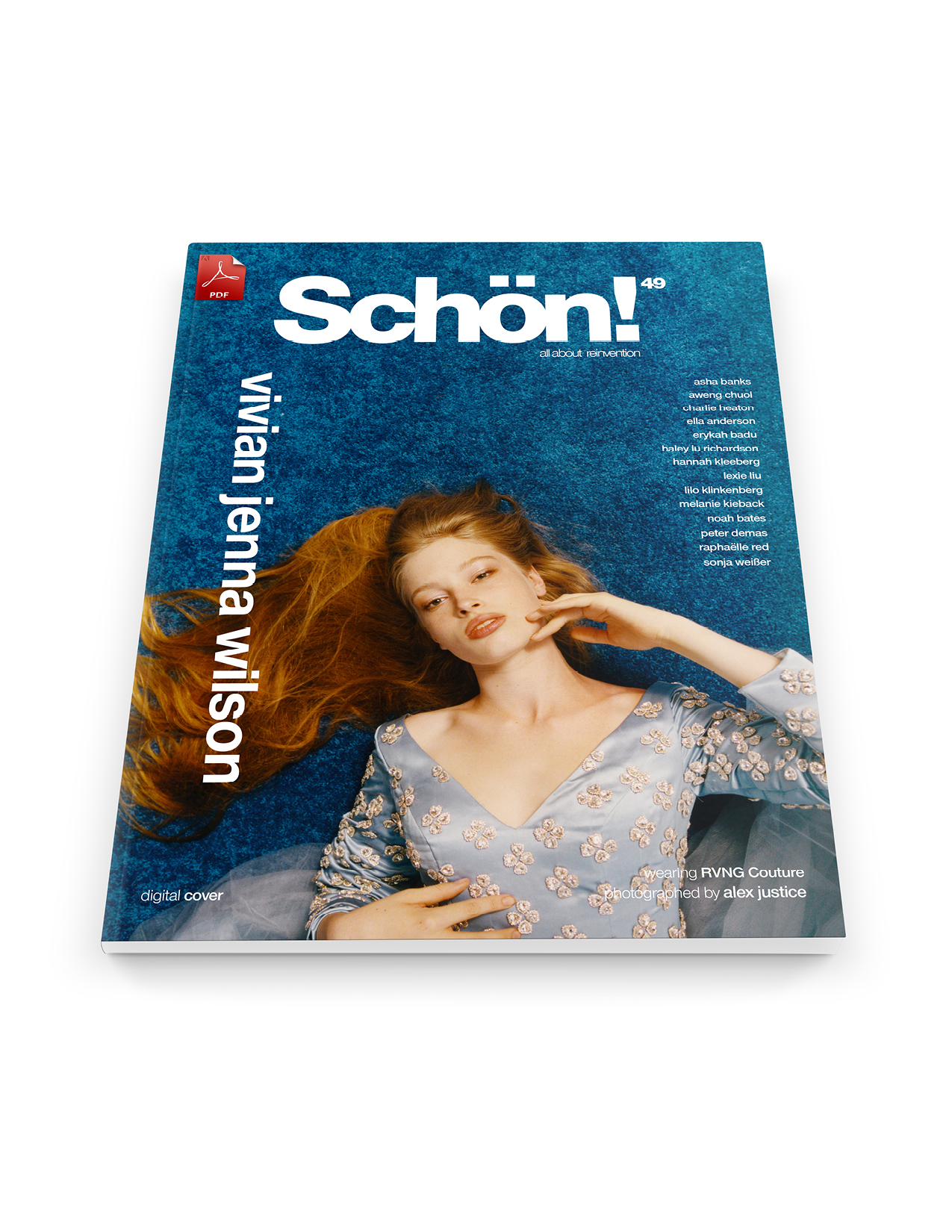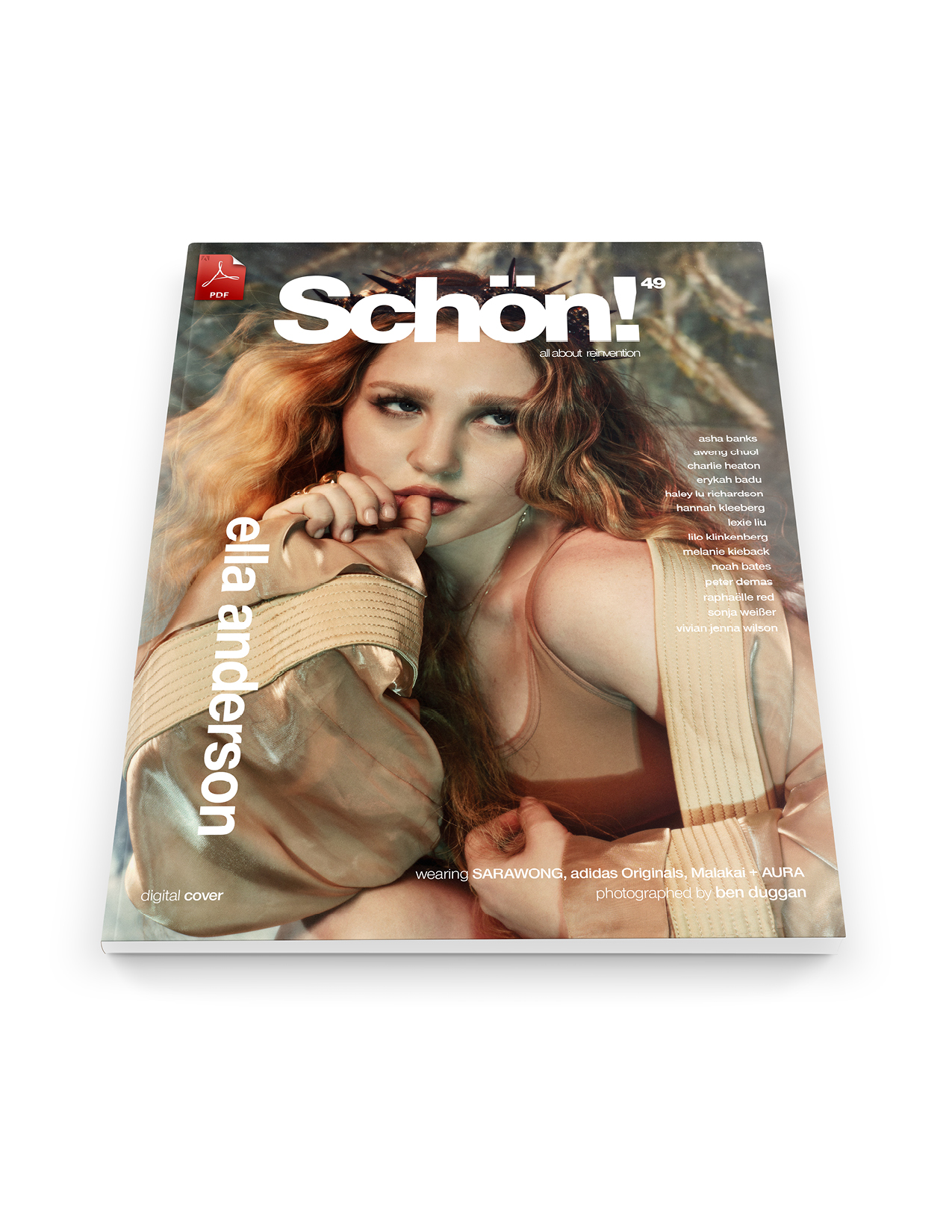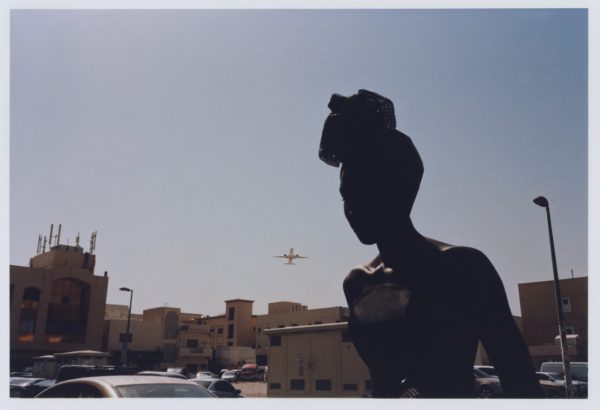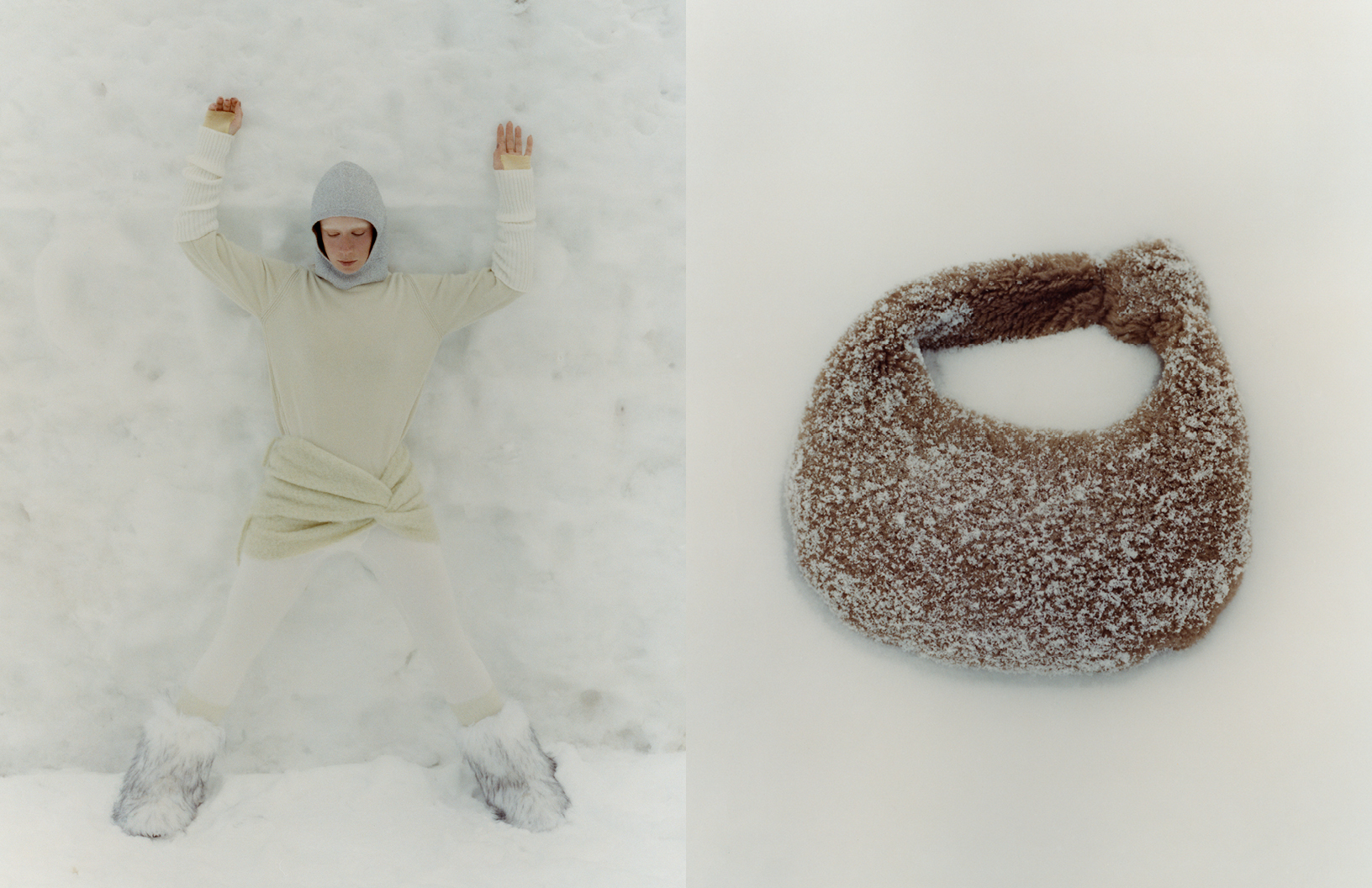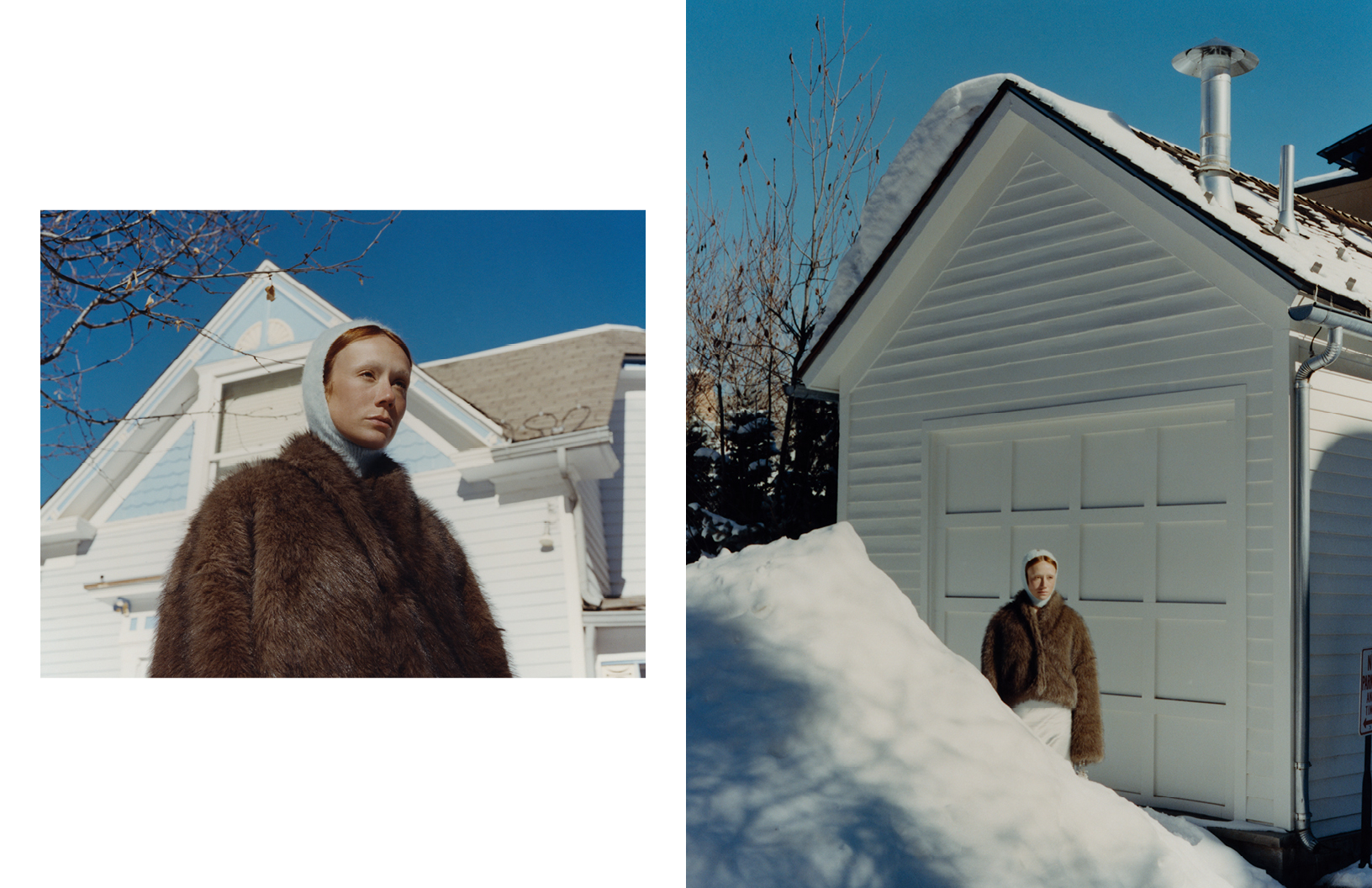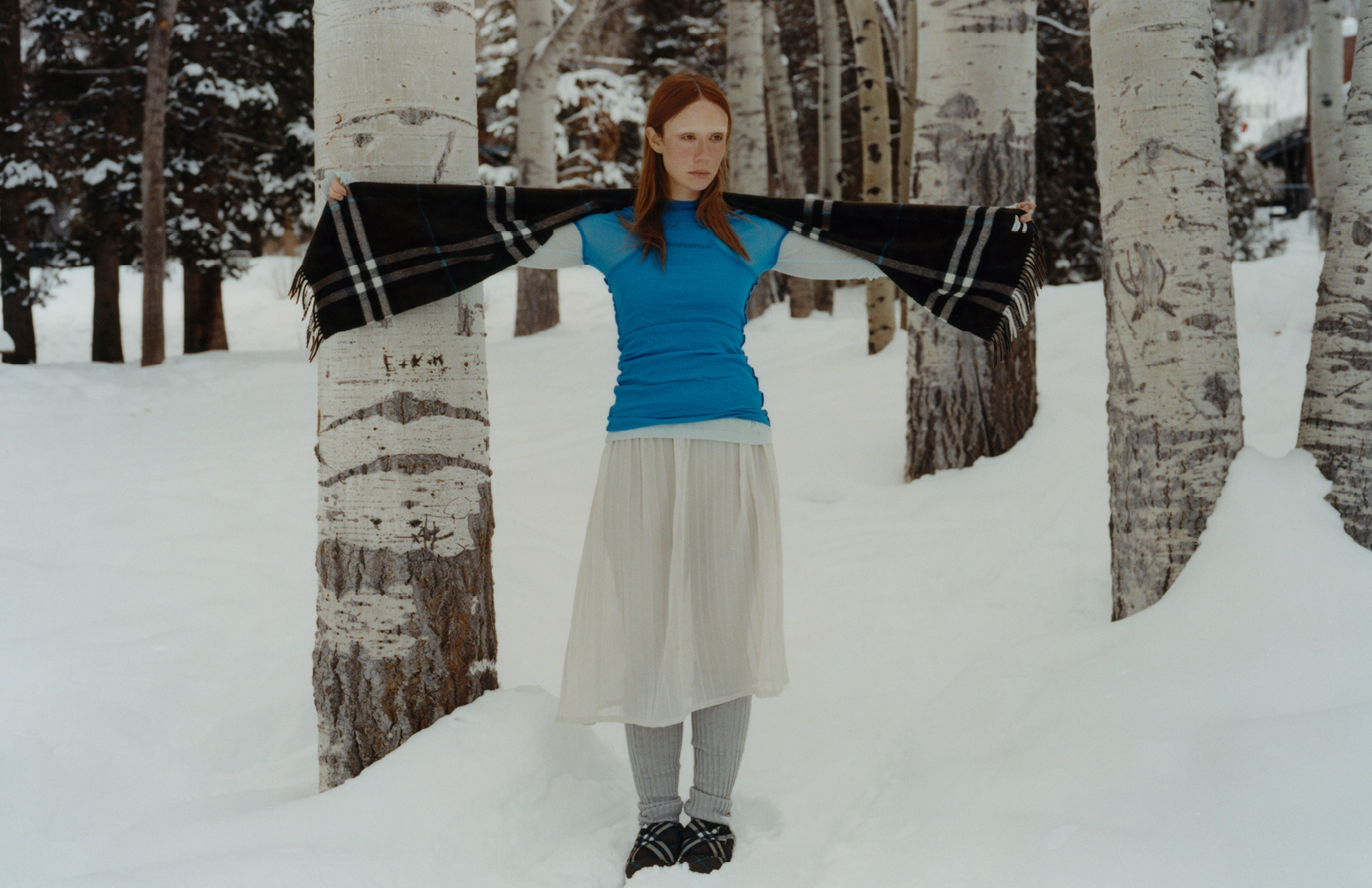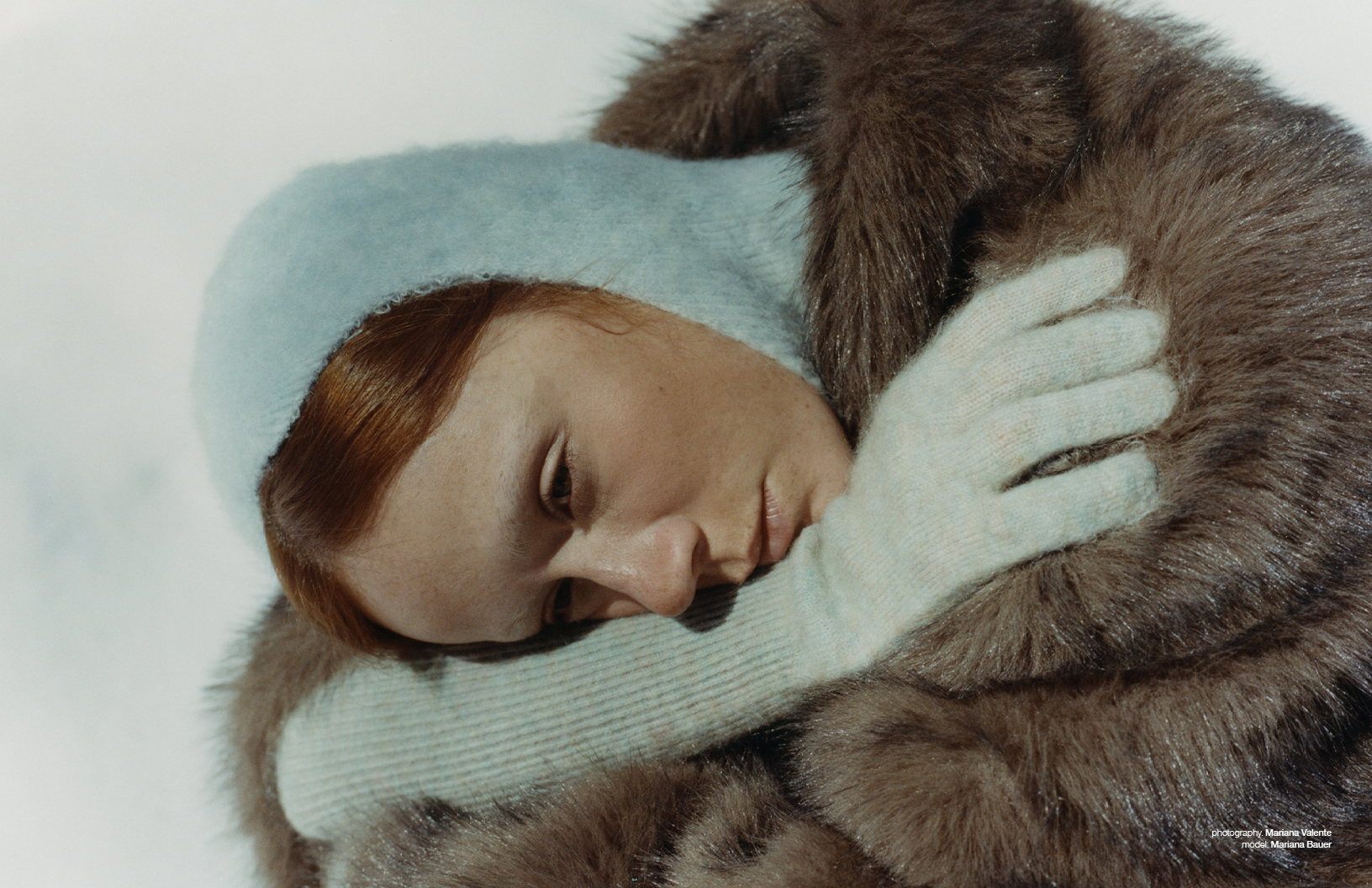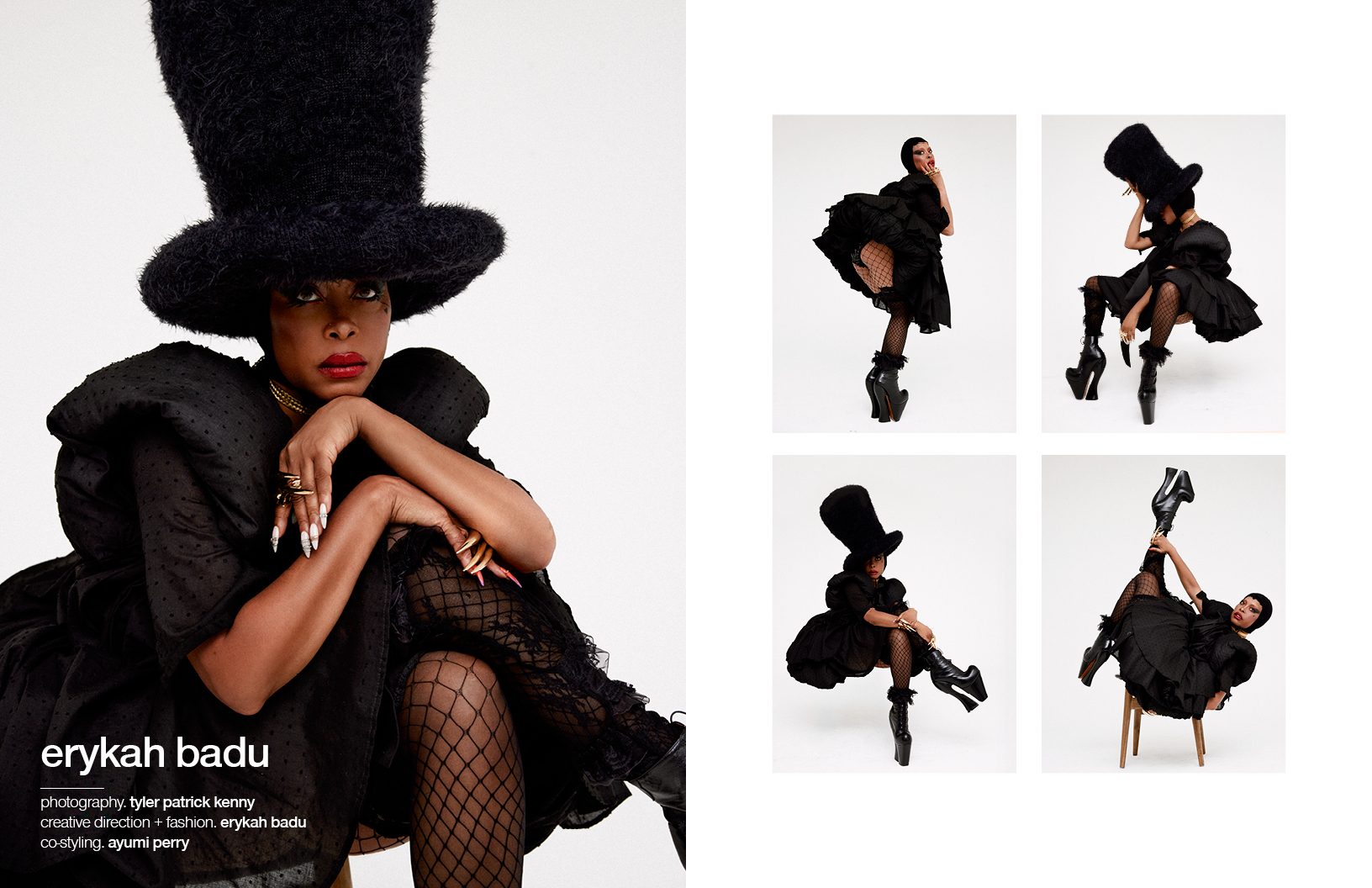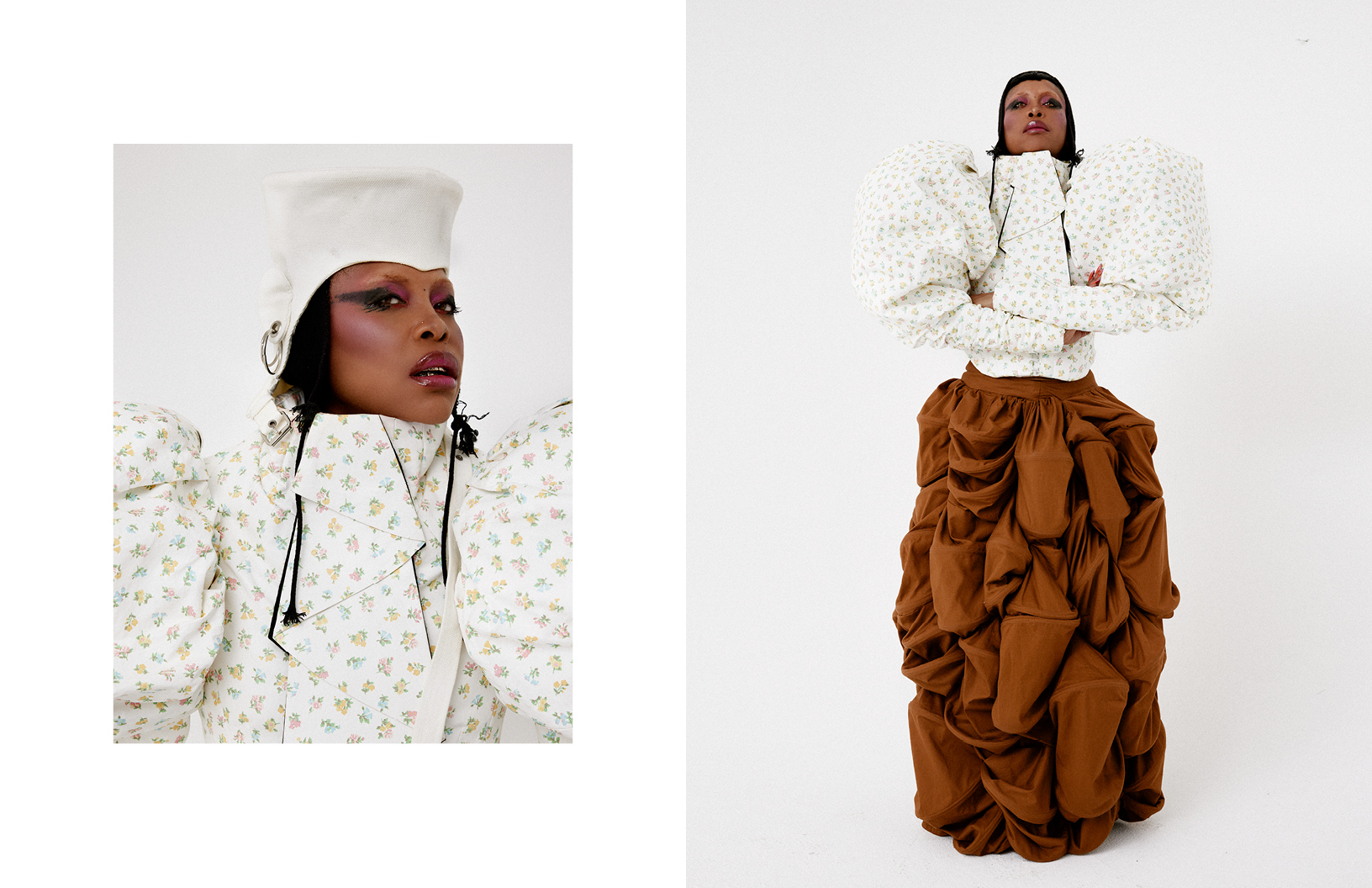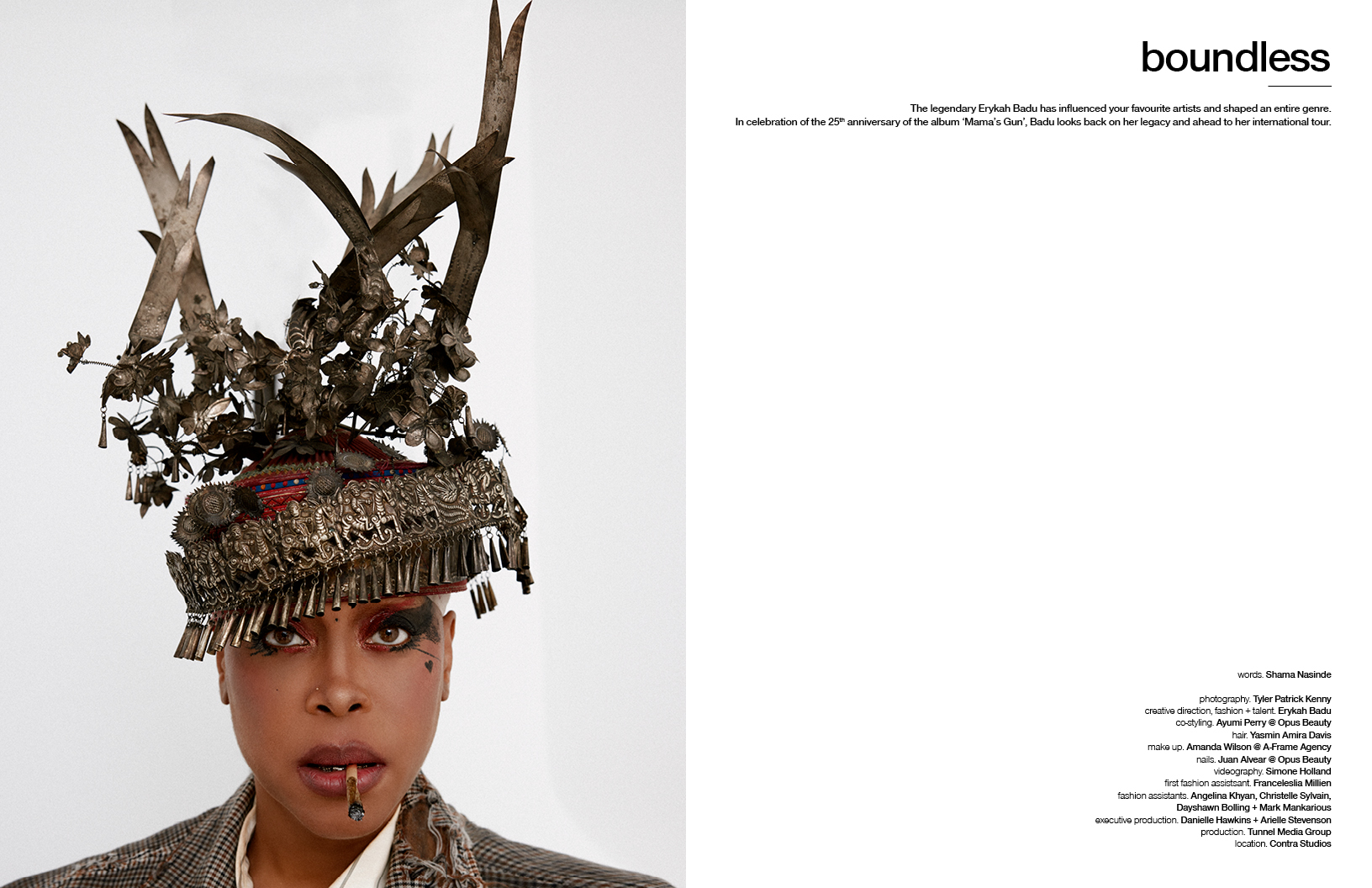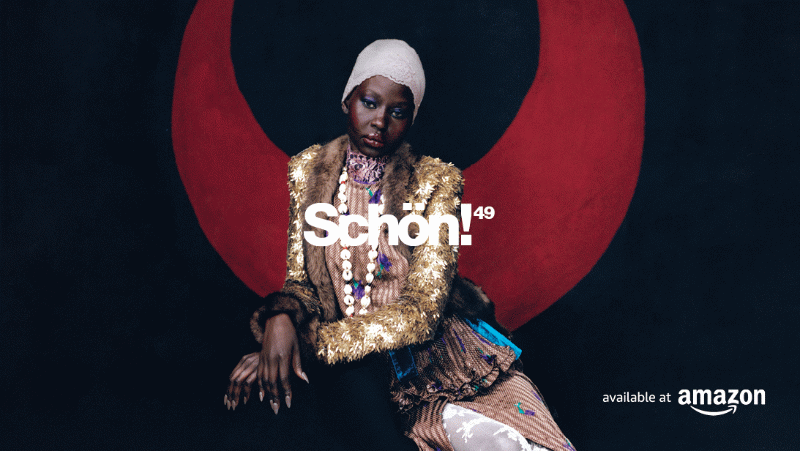ELEVEN TEN STUDIO is back with its new collection Amity. In these troubling times, ELEVEN TEN STUDIO returned to the basics for its inspiration — friendship. Incorporating the respect and power brought about by strong human connection, the latest from the label celebrates good times and shared joy through a series of minimalist pieces, including vegan-leather shirts, oversized blazers, and more. Schön! spoke with the label about its latest collection and what its manifold works mean to them.
Introduce us to AMITY. What does this collection represent to you?
Amity is about the power of friendship. As with all our previous collections, we started from the emotions before the design. Amity is centred around esteem, affection, and respect. We focus a lot on unconditional support, immutable love, and positive energy, as those are the main values for the brand and our customers.
You’ve described this as your most conscious collection to date. How does that take shape in the pieces we see in these photos?
From the emotions, we came to design. Pieces feel like a second skin, are minimalistic, bold, and versatile. Of course, every item is gender-neutral; it acts as a canvas to your personality.
What were some of the things that inspired AMITY?
The idea we developed with Amity is a gender-neutral essential wardrobe. So in the first drop of the collection, which you can already shop on our website, you will discover our hero coat Lex. It is an 80s-inspired coat with a timeless twist. Tied up sleeves, detachable vest, and belt give countless style opportunities. Besides Lex, we have a new silk and viscose shirt, Emory. Perfectly soft, oversized shaped — a must-have for seasonal transition and any fashion-forward wardrobe.
Walk us through this photoshoot. What were you looking to capture with the attached pictures?
For the campaign shoot, we wanted to capture the main idea of the collection — amity and our great fascination with architecture. Great buildings from the 70s and 80s which we do have in Basel, the city where we are based, became a great background to the collection and perfect addition to our aesthetic.
Your colour palette for this shoot is distinctly light, which is a contrast to a lot of streetwear today. Is that purposeful? Why do you think you find such inspiration in lighter hues?
Lighter colours bring more positivity. The full collection has equal amounts of dark and light, though. We love to play with contrast. That’s why we need as many light colours like the dark ones. It also lets us keep balance.
When you first launched, you said you were launching a brand for the misfits and the misunderstood. Does this idea still influence the brand? And why is it important?
Yes, of course — it’s the core of our DNA. Nowadays, this is more relevant than ever. In a world so divided we want to remind everyone that we are equal, we have the same rights, we are all human beings. Acceptance and tolerance should never be forgotten.
The last time we spoke, you referenced the pandemic influencing the release of the collection. Looking back, how have you seen your approach to design change over the past months?
We felt very blessed with the last collection. Despite the pandemic, we were able to grow and to develop our brand further. Our approach did not change but got stronger. We are producing a limited number of pieces, part of the collection is handmade. High quality, seasonless, and timeless design is what we truly believe will help us survive in those uncertain times.
The future is always uncertain, but where would you like to take ELEVEN TEN STUDIO in the coming years?
Definitely want to evolve ELEVEN TEN STUDIO into a conscious, stable brand with character. We do have a voice, our collection speaks, our campaigns have a message. It is not about selling clothes, but about being a change.
Discover ELEVEN TEN STUDIO on its website and Instagram.
photography, fashion + art direction. Aleksandra Cegielska
models. Nina Achermann + Sebastian Bühler









